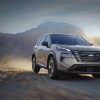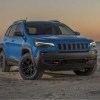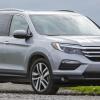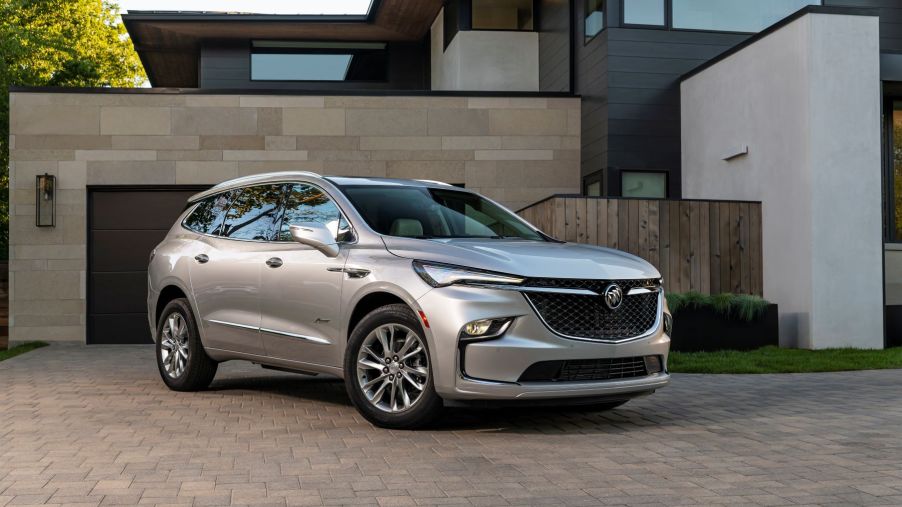
The Most Popular Vehicle Types Are Less Safe, Worse For the Environment
What is the most popular vehicle type in the world? For the United States of America, it was pickup trucks for a long time. However, SUVs and crossovers have taken over the industry. Although these popular vehicle types are convenient, capable, and excellent overall options, they aren’t perfect. Moreover, campaign activists are targeting the purchase of SUVs and crossovers. The most popular vehicle types are less safe and worse for the environment than others.
The most popular vehicle types
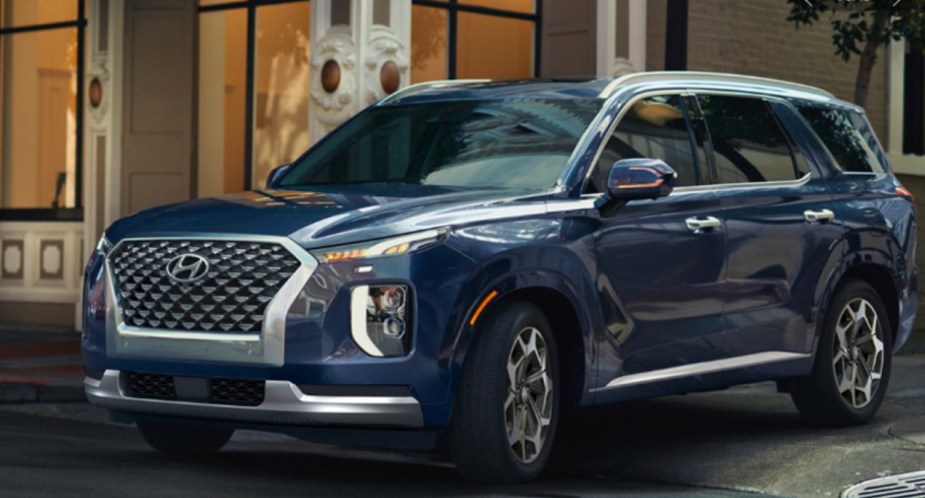
According to Interesting Engineering, SUVs and crossovers are the most popular types of vehicles. In the UK alone, they account for more than half of all new cars sold. According to Statista, those numbers aren’t much different in the US. However, the most popular vehicles aren’t necessarily the safest or best for the environment. One group of activists, called Tyre Extinguishers, say they “want to make it impossible to own a huge polluting 4×4 in the world’s urban areas.”
Although they’re the most popular vehicles in the world, are customers making the right choice. As it turns out, SUVs and crossovers are bad for the environment, and aren’t the safest choice either. People love owning these vehicle types for one simple reason: because they offer more space inside. Many drivers also like the higher driving position and off-road capability of an SUV or crossover. However, many cars have grown in interior size and offer all-wheel drive, so are they really that much worse?
Problems with SUVs and crossovers
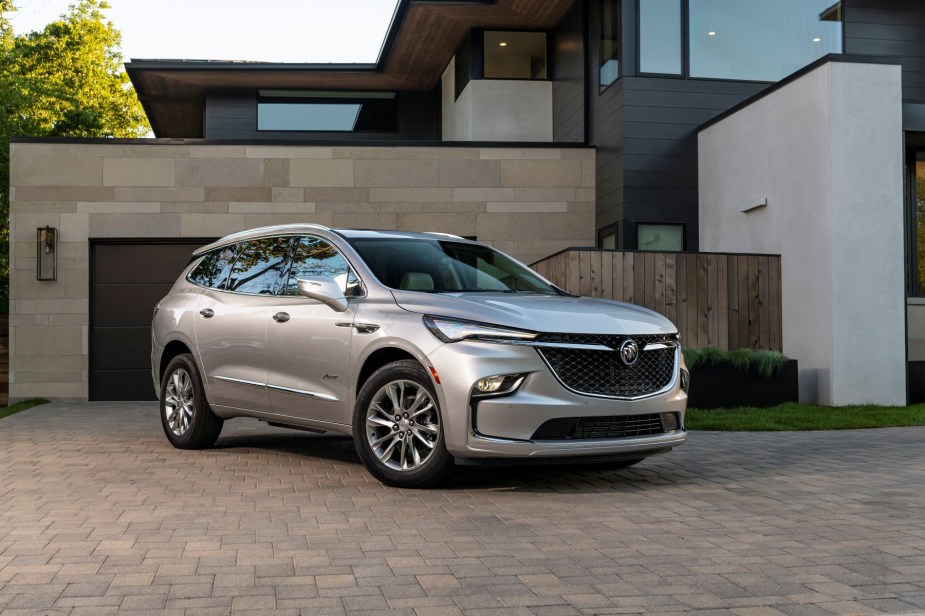
Firstly, since SUVs and crossovers are larger than sedans and coupes, they require more materials to build. For example, a Volkswagen Golf weighs around 2,932 pounds. However, the Tiguan, an SUV based on the Golf, weighs 3,381 pounds. The weight of all that extra metal, rubber, and plastic, plus carrying more people, takes more energy to produce and move around.
Next, fuel economy is one of the most obvious downsides of a larger vehicle. Extra weight and more powerful engines mean the fuel economy is far worse with the most popular vehicle types. SUV engines need to work harder to move more weight, even if they’re the same four-cylinder used in their car counterparts. Being less aerodynamic doesn’t help either.
As for safety, most people think larger crossovers and SUVs are safer than smaller vehicles. Technically, the vehicles are higher off the ground, giving them a higher center of gravity. As a result, there is a much greater risk of rolling during an accident. SUVs have an 11 times higher risk of rolling in an accident, and children in vehicles that roll have a two times higher chance of dying, according to a National Library of Medicine study.
Finally, SUVs and crossovers are more dangerous for pedestrians. For a few different reasons, people walking outside are at greater risk from a driver of one of the most popular vehicles. Partially because of blind spots created by the larger vehicle with more windows, it’s more difficult for drivers to see their surroundings. Interesting Engineering noted a study that reported that replacing SUVs with cars in the US would have prevented 1,100 pedestrian deaths over the past two decades.
Most popular vehicle types are less safe and worse for the environment
Although they’re convenient, spacious, and stylish, the most popular vehicle types are less safe and worse for the environment than cars. SUVs and crossovers are by far the most popular vehicle types in the US and UK, but are they the best choice? These vehicle types are more prone to rolling and hitting pedestrians, making them less safe. Additionally, extra materials and fuel required to build and operate them make them far worse for the environment. However, can electric SUVs and crossovers solve these problems with their expansive windows, lack of fossil fuel usage, and cheaper maintenance?
